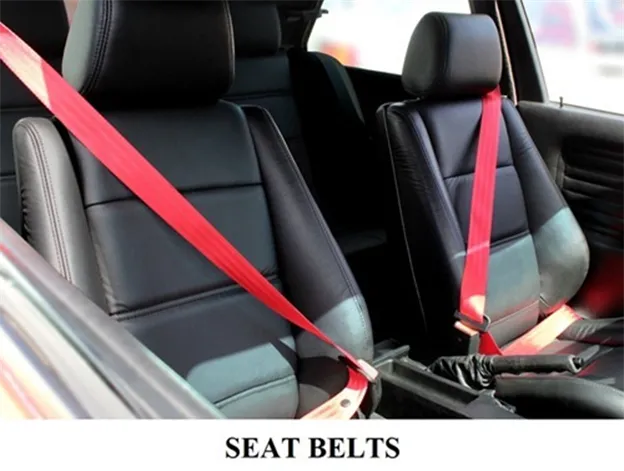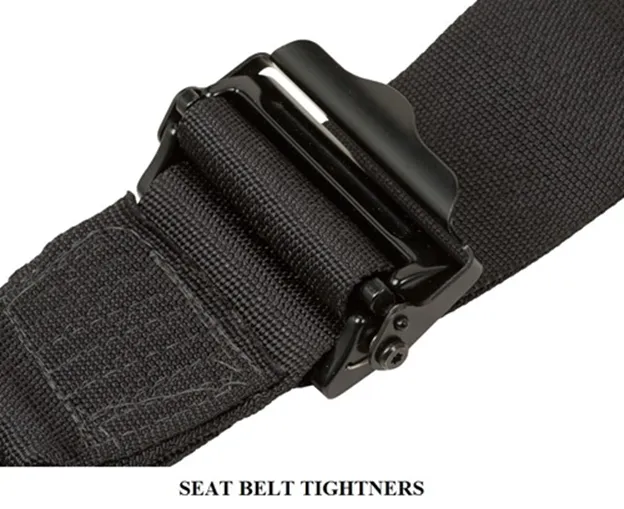Safety Systems in Vehicles | Seat Belts | Air Bags
Seat belts
The function of the seat belts is to restrain the occupants of a vehicle in their seats when the vehicle hits an obstacle.
Three point seat belt: In motoring history, this is the single most significant advance. All credit goes to Volvo’s Nils Bolin for devising it and to Volvo for introducing it in 1959. The three pointer afforded unrivalled restraint. Its use was a quick, easy one handed operation. Many improvements have been made to the webbing, mountings, latches, and inertia reels and belts have got smarter in relating to accident severity and occupant weight. In the present day vehicles seat belts have become mandatory for the driver and front passenger. Some vehicles have seat belts for rear passengers also.

Seat belt pretenioner: A spring loaded or explosive device that reacts to a severe frontal impact by automatically snugging the seat belt tight for fully effective restraint.
Seat belt tighteners improve the restraining characteristics of a three-point inertia real belt and increase the protection against injury. In the event of a frontal effect they pull the seat belts tighter against the body and thus hold the upper body as closely as possible against the seat backrest. This avoids excessive forward displacement of the occupants caused by mass inertia. The maximum forward displacement with tightened seat belts is approximately 1cm and the duration of mechanical tightening is 5.. 10ms.

On activation, a pyrotechnical propellant charge is electrically fired. The explosive pressure acts on a piston, which turns the belt reel via a steel cable in such a way that the belt rests tightly against the body.
Air bags
The function of front air bags is to protect the driver and the front passenger against head and chest injuries in a vehicle impact with a solid obstacle at speeds of up to 60 km/h. In the frontal impact between two vehicles, the front air bags afford protection at relative speeds of upto 100km/h.

To protect driver and front passenger, pyrotechnical gas inflators expand the front air bags in pyrotechnical, highly dynamic way after a vehicle impact is detected by sensors. For the affected occupant to enjoy maximum protection, the air bag must be fully inflated before the occupant comes into contact with it. The air bag needs approximately 40ms to inflate completely.
To maximize the effect of both protective devices (seat belt tightner and front air bag), They are activated with optimized time response by a common ECU (triggering unit) installed in the passenger cell. The ECU’s decleration calculations are based on data from one or two electronic acceleration sensors used to monitor the decelerative forces that accompany in impact. Depending on the impact type, the first trigger threshold is reached within 5 … 60ms.
Seat belt load limiter : A means by which the seat belt relaxes its hold during heavy deceleration, continuing to restrain the occupant while reducing the risk of belt inflicted injury.